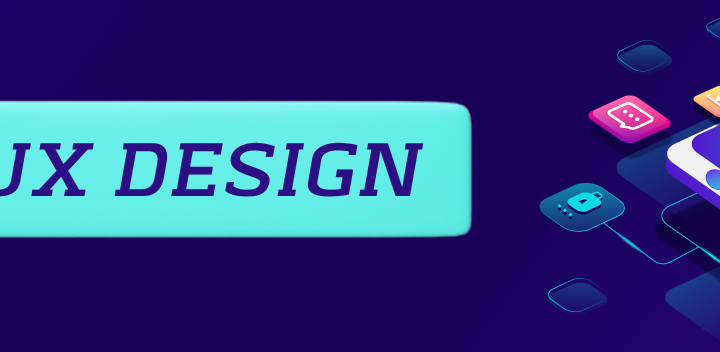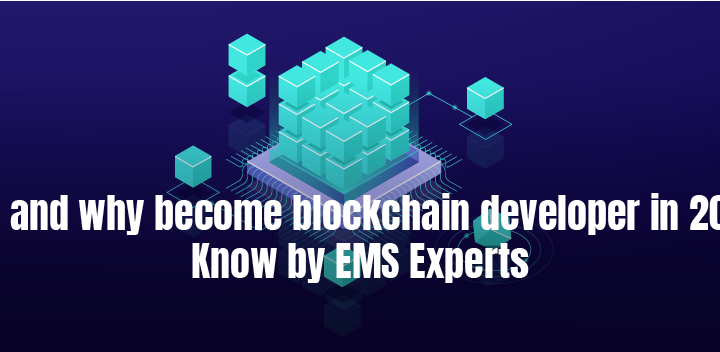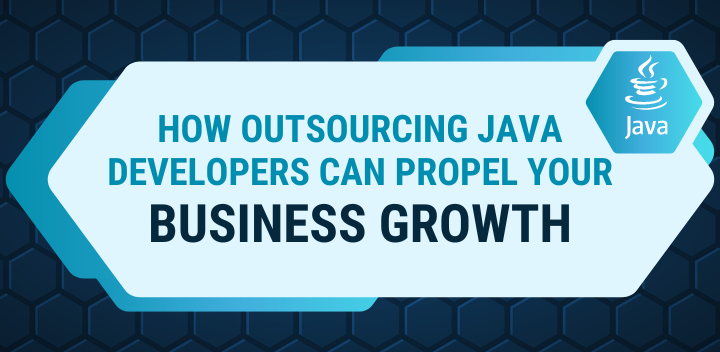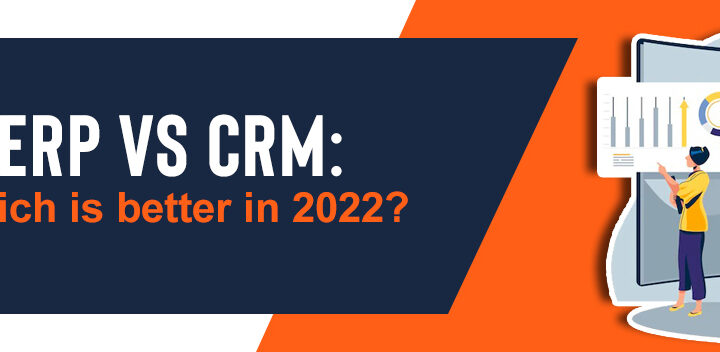If the technology continues to grow with the speed as it is growing now, we will be able to experience around 28 billion Internet of Things devices that are interconnected with the Internet by 2025.
If you are not well-versed with the Internet of Things, it implies to any ‘thing’ that is integrated with sensors or technology that lets them interchange the data with other devices that are also connected to the internet.
Engineer Master Solutions is a company with a deep understanding and expertise in IoT applications – if there is an enhancing IoT trend, we will get hold of it.
According to our experience with IoT applications and seeing our recent project, we came up with a list of trends to keep in mind in 2022 and moving forward. This article will brief you all that you should know about the state of the industry.
Table of Contents
Trends in IoT – 2022
In 2022, we can expect a rise in the use of IoT devices. The main theme of IoT trends in the coming year will be the increasing ubiquity of smart devices that consumers and the average person will likely interact with on a daily basis. As IoT market trends emerge, expect devices to become more affordable and be introduced to household goods and used in everyday interactions.
Sensors will play a critical role in the functionality of IoT-enabled devices. From real-world observances that their sensors register and document, IoT sensors will produce data. The Internet of Things will be able to observe changes in the environment 24 hours a day that humans don’t notice or have the time to observe.
1. 5G Connectivity
Being the upcoming generation in wireless network technology, 5G will be introduced in the upcoming years. Overcoming the difficulties of 4G i.e. more bandwidth and improvised download speeds to all the devices, 5G will replace it.
5G is the top IoT technology that will become habitual by many people in no time. In 5G, we will be able to transfer data at speeds we have not seen before. The high speeds will enable low device latency, always-on connectivity, and greater coverage to impoverished areas of the world that may lack physical wireless connectivity infrastructure.
5G will likely be implemented in IoT devices, such as self-driving cars, real-time robotics, and disaster recovery equipment – all IoT devices that require an uninterrupted connection and heavy data usage.
2. Machine Learning and Artificial Intelligence
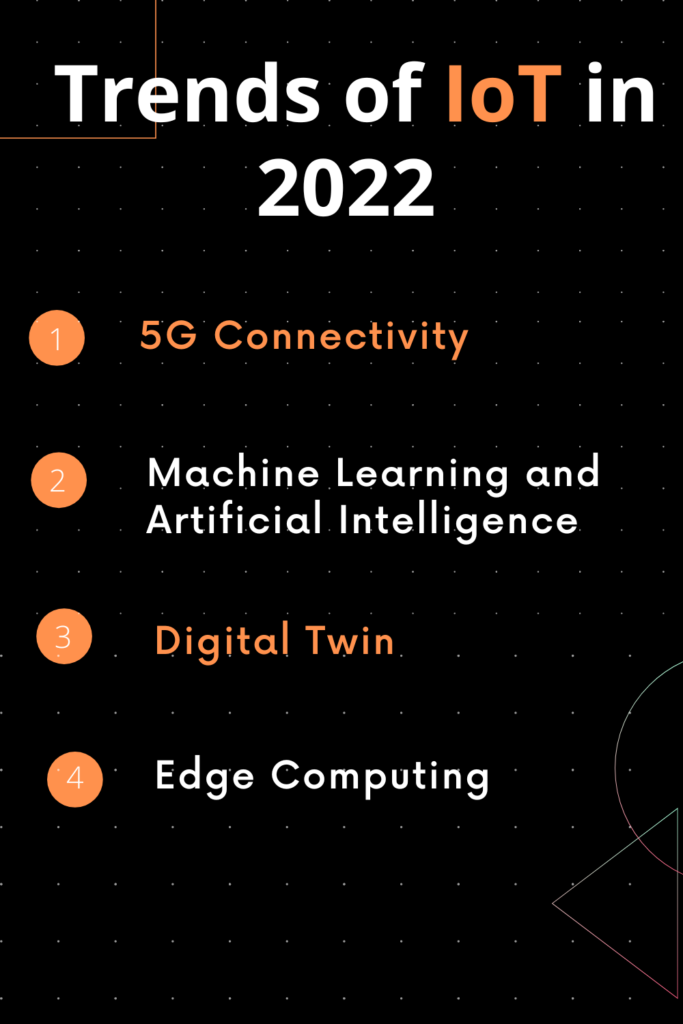
As the majority of people go online and users are on their devices is at the next level, so it has become next to impossible to keep track of data because the rate at which it is curated is unpredictable.
Rather, we should look up to Machine Learning and Artificial Intelligence that will facilitate us in managing the data and making use of it.
Machine Learning uses an algorithm that enhances itself as it gets more data. This technology of IoT is best for Big Data, which is a large volume of data that traditional methods of data analysis can not cope up with.
As Machine Learning gets more data, it can make more precise assumptions. Companies can utilize IoT intelligence to gain a competitive advantage by increasing their analytical and predictive capabilities, enhancing risk management, scalability, and identifying money- and time-wasting pitfalls within their companies.
Artificial Intelligence IoT examples might have robots that manage inventory at warehouses, smart home appliances that learn users’ behaviors and preferences and adjust accordingly, and also self-driving cars that can correctly predict traffic conditions.
Machine Learning and Artificial Intelligence IoT solutions will be incorporated into self-driving cars that can analyze traffic movements from vehicles and pedestrians or smart home devices like thermostats that adjust naturally to user’s preferences or to the local weather conditions, we might see automated robots that inspect and monitor stock in a warehouse or store.
3. Digital Twin
A digital twin is yet another developing IoT trend, and it does exactly what you might expect. It corresponds directly to a physical object. This allows for the object to be thoroughly tested digitally before being implemented in the real world.
Using real-world data, a digital twin can create accurate simulations of how the program will perform in the real world without risking security or resources by demonstrating it on a live service. A digital twin is an Internet of Things technology that can be used for testing as well as saving money.
Manufacturing, automotive, and healthcare industries can utilize digital twin technology by comparing vital signs digitally to check production processes, model traffic conditions, and predict patients’ health in real-time.
4. Edge Computing
Edge Computing lets us get less response time and save bandwidth. Edge Computing reduces the amount of data to be shared, the traffic, and the distance this data has to travel. This will reduce the trip of data by placing the user closer towards the data or server that they actually need to use.
Currently, there is so much data being generated in the age of Big Data, which is a great deal of information that grows exponentially, that the infrastructure cannot handle it all at once.
When a large number of people are using a network at once, edge computing will allow for less frequent slowdowns in speed. The Internet of Things will help processes, deliveries, and self-driving cars.
Security Trends in IoT
Security and Data Regulations
As connected devices have many benefits, an important downside to this technology is that, if a device is not safe, it lets for network vulnerabilities in case there is a problem because said devices likely interact with other devices on the network. Once the malware accessed the whole system, then more suspicious activities might happen.
Both the user and sensitive information will be at stake. When it comes to an array of connected devices that may compromise their personal information, users of both types will need to take extra precautions.
A real-time vulnerability scan, endpoint detection, response tools, and the use of dedicated wireless networks are some of the best ways to strengthen personal or corporate security.

Blockchain and machine learning technologies will help create more advanced security solutions such as stronger encryption solutions and the ability to spot suspicious behavior patterns using data analytics. As a result, governments will attempt to regulate data collection – we have already seen this with GDPR and CCPA. Keeping personal data safe may be a recurring problem with IoT technology.
Consumer Trends in IoT
Smart Home and Customer Assistance
The use of IoT devices in the home and in daily interactions is one of the IoT trends that will continue to grow. In our daily lives, virtual assistants continue to play a significant role – from those within the screen to those found in the local shopping center or bank.
A virtual assistant may take the form of a voice-activated assistant on your phone or a chatbot on your favorite brand’s website. Using these devices, we can find information, solve problems, verify our identity, and even perform real-world tasks like ordering a pizza.
‘Smart homes’ will feature virtual assistants, in the form of smart devices, that adjust to your habits. On colder days, your thermostat will automatically begin heating the house in the morning when you like it.
With IoT technology, smart lightbulbs, heating, and cooling systems, and other household appliances can be set to your preferences.
Blockchain – One of the Top IoT Trends
This is the term that you will hear more often in 2002. Blockchain is the IoT Trend that we have to keep a watch on. In simple words, Blockchain is a digital record of the transaction that happens. It has the same function as a ledger, but transactions are stored across devices, so there is no single owner of the transactions.
Blockchain technology will likely be used in the near future to keep data accounted for on a host of devices, resulting in less downtime and faster data movement. The other benefit of Blockchain technology is that the records of transactions are tamper-proof. The record can only be added to, never edited.
Since it is inviolable, blockchains can serve as a trusted keeper of data. You can track where produce is grown, who picked it, and when it reached certain facilities – all with perfect accuracy. In a global economy, we can expect a single product to contain materials from multiple countries.
Blockchain will prove to be an important part of the IoT future because it allows all parties to track the progress of a product during manufacturing, transportation, and sale.
Final Word
As IoT technologies advance, we will see more widespread adoption of IoT systems and a greater number of applications than those described in this article. Currently, 34,000 businesses are using IoT technology, which represents a 27% increase from the previous year.
As new brilliant ideas and ingenious IoT products are created, we will witness the world become a more efficient and comfortable place.


 Like
Like LOVE
LOVE Win
Win Cute
Cute LOL
LOL OMG
OMG WTF
WTF Fail
Fail